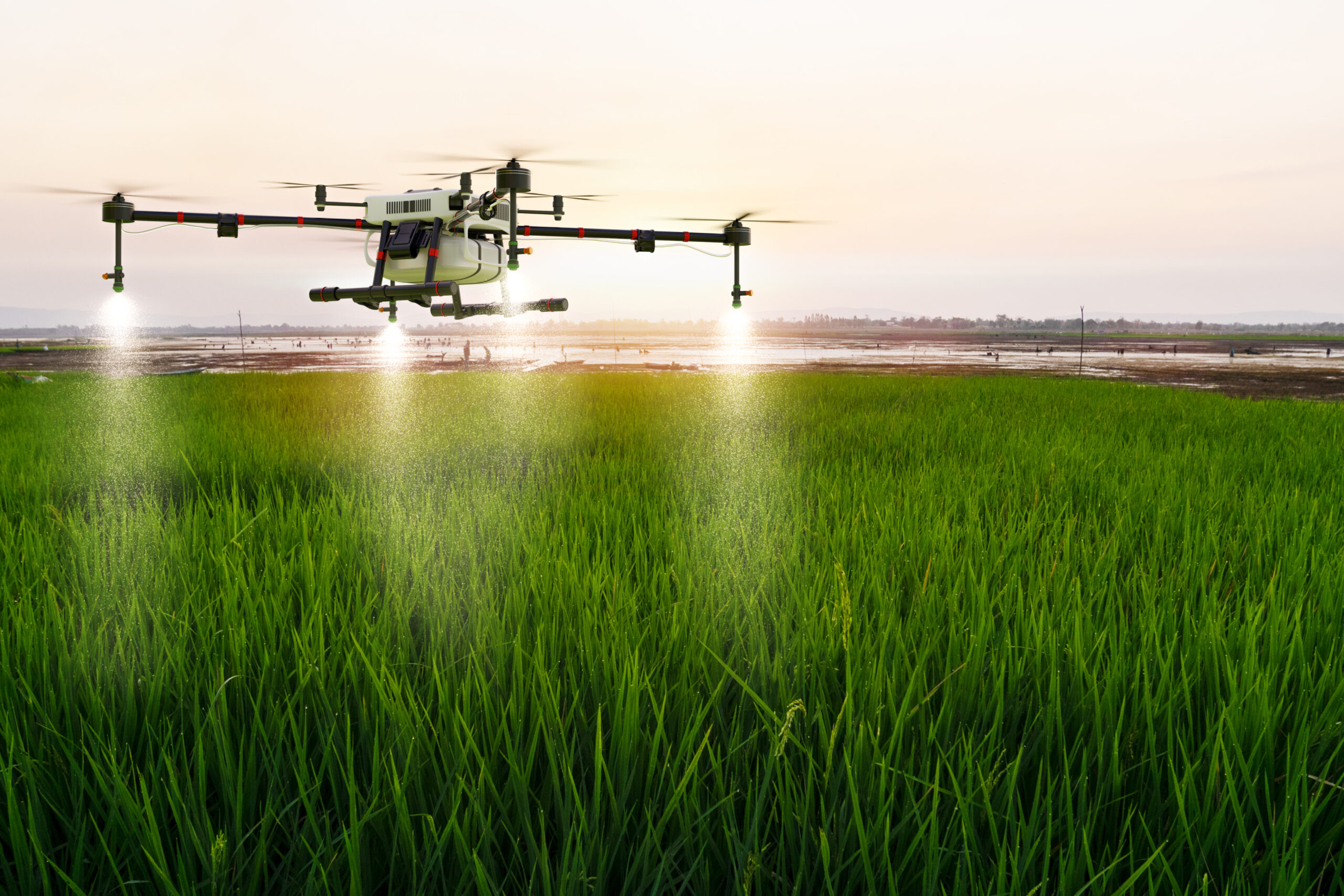
Thriving Agrotech in the new normal with GPS Technology

FoxERP
GPS and GPS trackers have brought a revolution in agriculture. Whether optimizing the agricultural processes or enhancing the production yield, data and technology have come to the forefront of thriving the agriculture processes.
Simply put, Global positioning system, also abbreviated as GPS, is a network of satellites and receiving devices that are used to determine the location of things and places on earth. GPS receivers utilize GPS and provide sites across the geographies in latitude, longitude, and latitude.
Now, seeing the utilization of GPS, the question that beckons is the potential benefits GPS can offer by utilizing it for the farming and agriculture sector.
The more complex the question looks, the more viable and feasible the application of GPS is. The agriculture sector has already witnessed GPS’s benefits across farming activities.
From determining the soil contents to identifying the crop patterns, GPS has set up industry benchmarks to deliver hassle-free, seamless, and higher crop productivity.
According to recent research, the global AgTech market will reach USD 22 Billion in 2025.
Factors such as the rise in digitization, the surge in the significance of precision farming, and the increased utilization of data and technology are contributing to the growth of the AgTech market.
Regarding Agrotech, GPS delivers unparalleled benefits for farmlands that spread across kilometers, adding value to crop cultivation in the farmlands.
However, the benefits from AgTech are not limited to crops; instead, it ranges to a wide array of potential agricultural practices applications that utilize geofencing around the farms and helps organizations get instant notifications and real-time alerts as soon as the GPS tracker leaves the premises.
Another potential application of GPS in farming activities is optimizing the resources by virtually tagging specific areas and marking them in the tracker app, providing a real-time view of the fields.
This helps farmers precisely understand the harvested areas and identifiable crops, using data to drive actions, and saves time by avoiding the need to manually go and check crop fields and crops each time.
Something as easy as installing a GPS tracker is potential enough to change the ways farming is done. It provides the farmers with a real-time view of crops that helps them save resources and time and increase efficiency and productivity. It also leads them to consider these significant factors before arriving at a final conclusion and decision.
While the vast array of applications of GPS to the farming sector is revolutionizing the agro space, it is also offering a lower-tech, lower-cost solutions with a measurable and meaningful impact on the livelihoods, health, and wellbeing of the communities that depend massively on farming activities via GPS.
Conclusion
AgTech has a wide array of applications that add massive value to the agriculture sector.
The above-mentioned potential benefits that Ag Tech holds make farming activities easier and contribute hugely in terms of yield output, enhanced productivity, and higher efficiency.
GPS, with its tremendous applications, has just revolutionized the agriculture sector. With potential benefits like those mentioned above, it only looks more promising in the days to come.
Recent Posts

FoxERP
Unleashing the Power of ERP Cloud Migration: Benefits, Challenges, and Options
In the contemporary business landscape, Enterprise Resource Planning (ERP) systems play a pivotal role in driving operational efficiency and facilitating strategic decision-making. With the rapid evolution of cloud technology, organizations are increasingly exploring the option of migrating their ERP systems to the cloud to unlock a plethora of benefits and drive digital transformation.

FoxERP
The ERP Revolution: Navigating Enterprise ERP System Challenges
Enterprise Resource Planning solutions can be a lifesaver for businesses. It enables you to automate all your day-to-day business processes in a centralized and streamlined platform. Today, most business organizations implement ERP solutions like FOX ERP to improve business operations, boost data security and data quality, automate workflows, and enhance customer service.

FoxERP
Unlocking Organizational Success by Embracing the Strategic Roadmap to ERP Implementation
Do you know? The global ERP software market is expected to reach a staggering $78.40 bn by 2026, growing at a CAGR of 10.2%. The global ERP software market is estimated to take over 40% of the market share by 2025.



